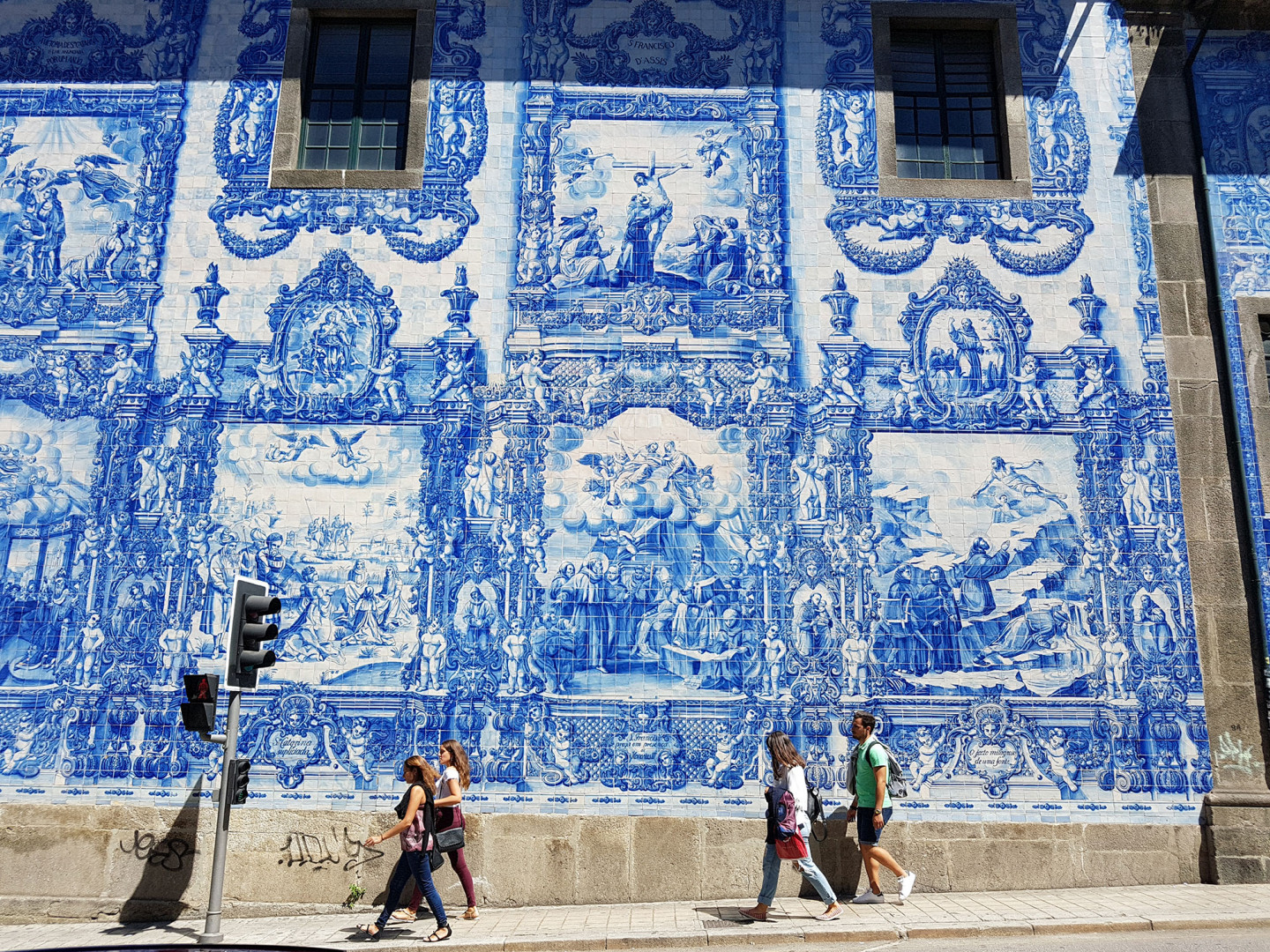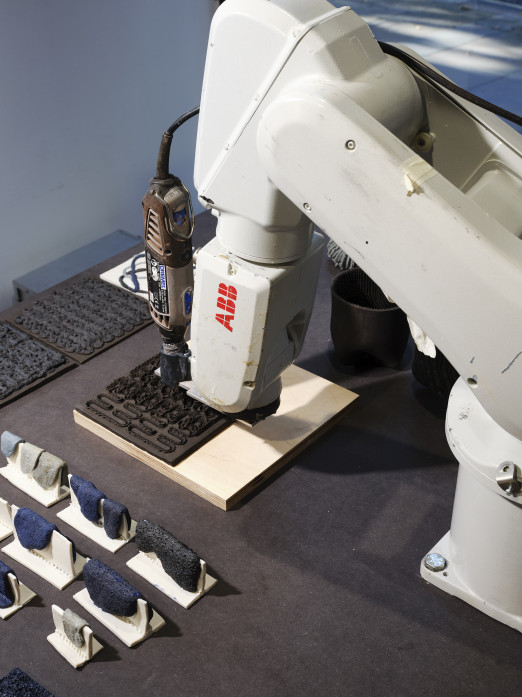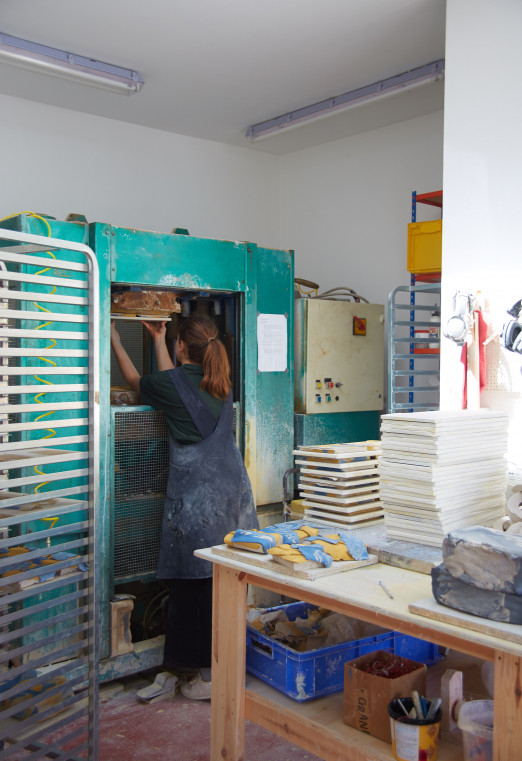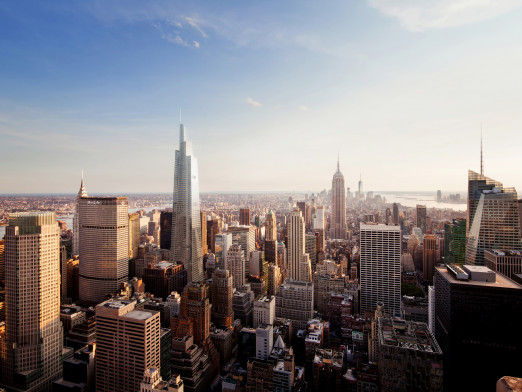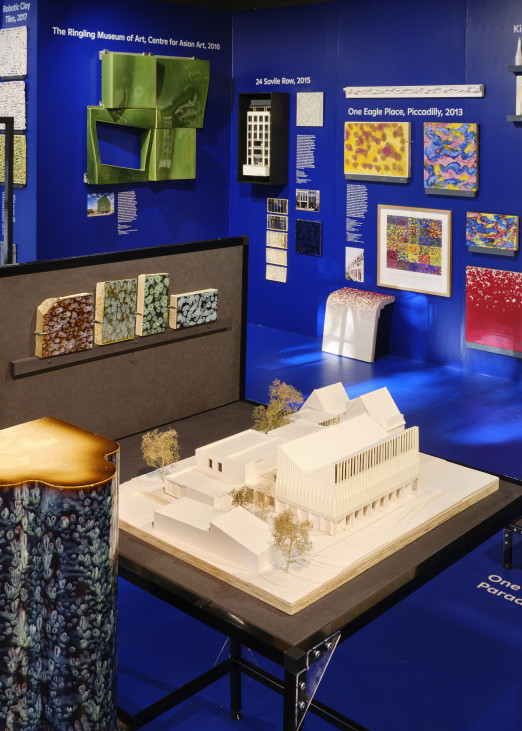Architect and ceramicist, Maria Gasparian, discusses how ceramics have been intergrated into the built environment.
Architectural ceramics have for millennia been integrated into buildings and public spaces. Combining functional and aesthetic qualities, ceramics bring vibrancy and express cultural identity in vernacular architecture through colour, textures and ornament.
Weatherproof, fireproof, durable and virtually maintenance-free glazed ceramics retain colour that do not fade for centuries. Given its durability and ability to withstand the elements, fired clay is one of the most sustainable man-made materials.
Issues faced by modern cities such as overcrowding and an overload of digital experiences bring an acute need for materiality, physical experiences and the creation of a sense of place. In this context architectural ceramics play a crucial role.
Tradition and innovation
Ceramic craft techniques were traditionally used by potters and ceramicists to create colours, textures and motifs in pottery and ceramic tableware production. It has been acknowledged by designers and manufacturers that achieving ceramic craft aesthetics is challenging in large volume manufacturing, particularly in the production of building materials that have to conform to stringent standards and building regulations.
The relationship between traditional craft and industrial manufacturing developed throughout the 20th century. The creation of decorative architectural ceramics and their integration into buildings and urban spaces is largely enabled by collaboration between architects, ceramic specialists and technical experts with critical support from industry. The early involvement of glaze specialists, ceramic artists and designers facilitates the development of new designs through experimentation and knowledge exchange. In addition to this, contemporary digital tools and processes open up new possibilities of customisation and enable the creation of complex geometry with great precision.
Maria Gasparian is an award-winning ceramic designer, architect and researcher based in London. Trained as an architect in Armenia and London, she gained an MA in Ceramic Design at Central Saint Martins College of Art and Design in London.
In 2017, Maria won the "Future Lights in Ceramics European Competition" award and went on to exhibit her work in Frankfurt, Berlin, Ljubljana and Prague.
A Winston Churchill Memorial Trust Fellow, Maria travelled to the USA, Netherlands and Hungary in 2016 to research manufacturing and applications of architectural ceramics.
Gasparian’s multidisciplinary practice bridges ceramic art, architecture and design with a particular focus on the creation of ceramics for architectural applications.
